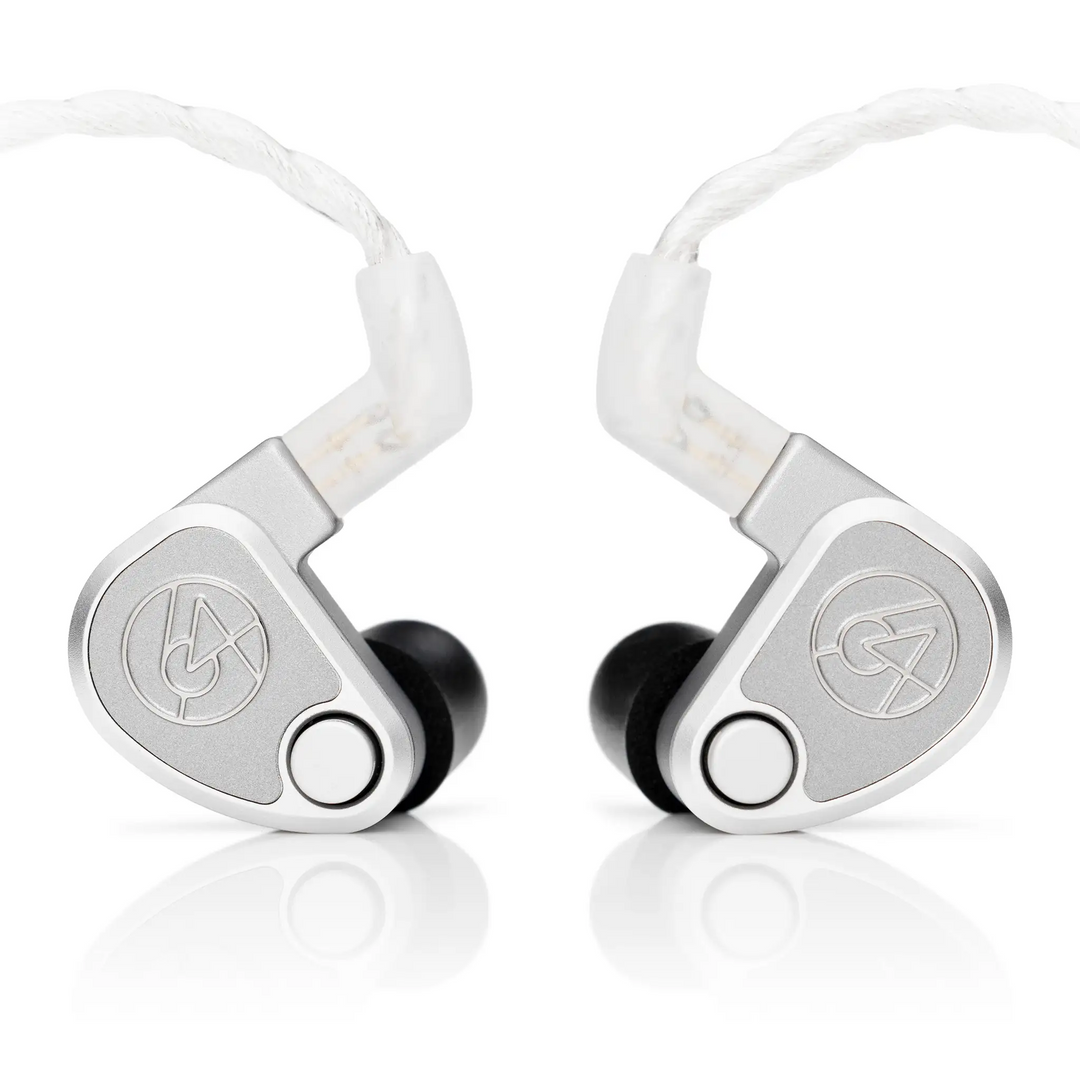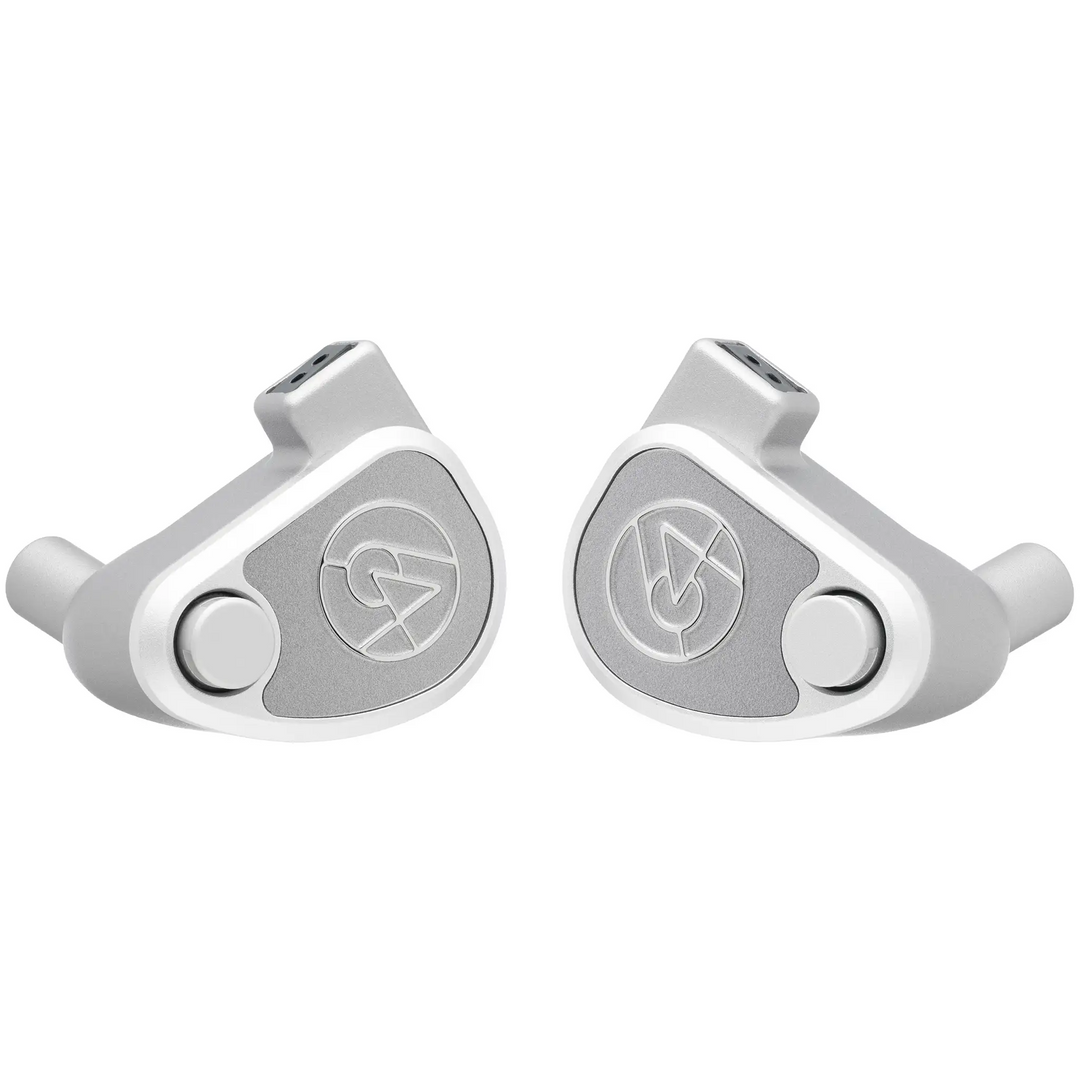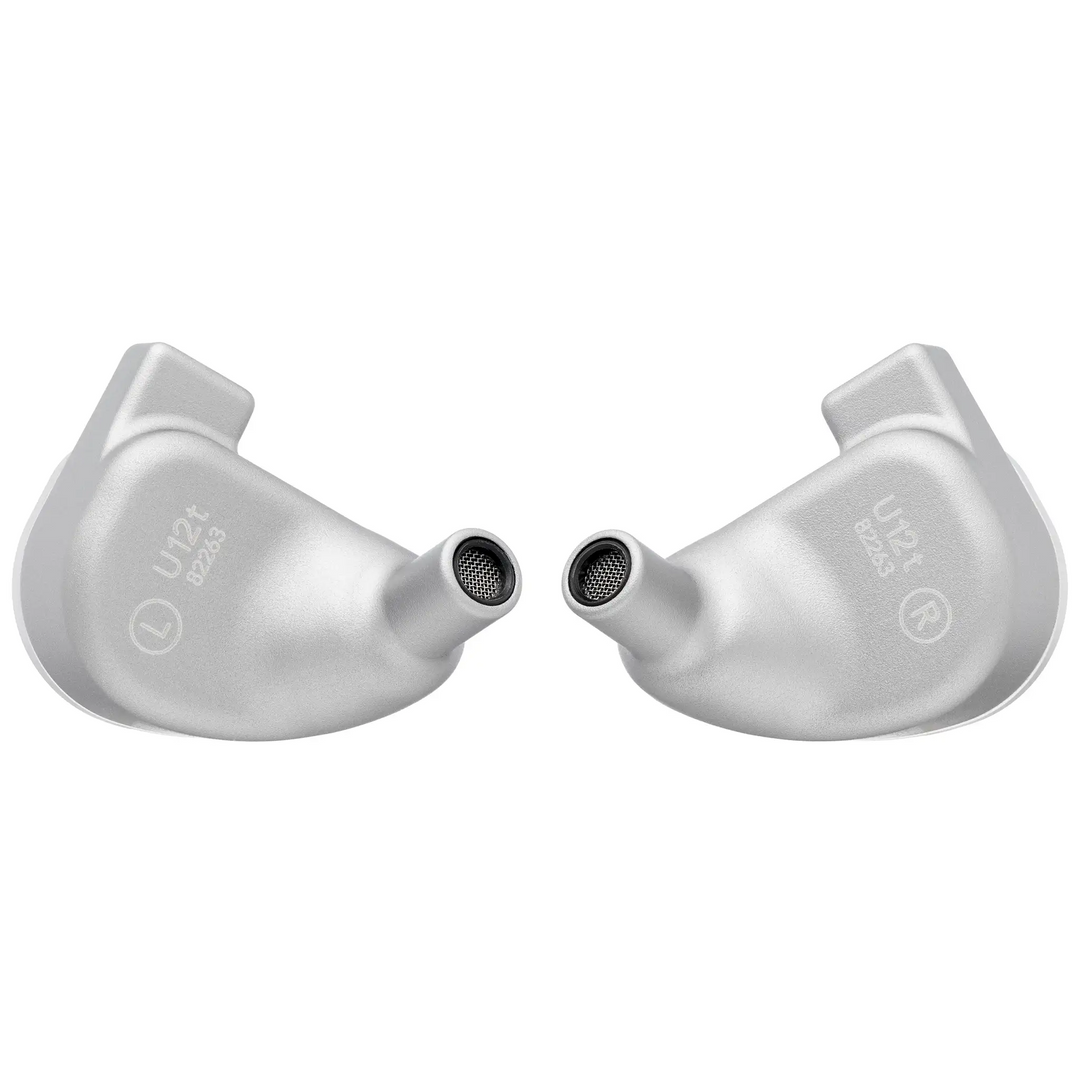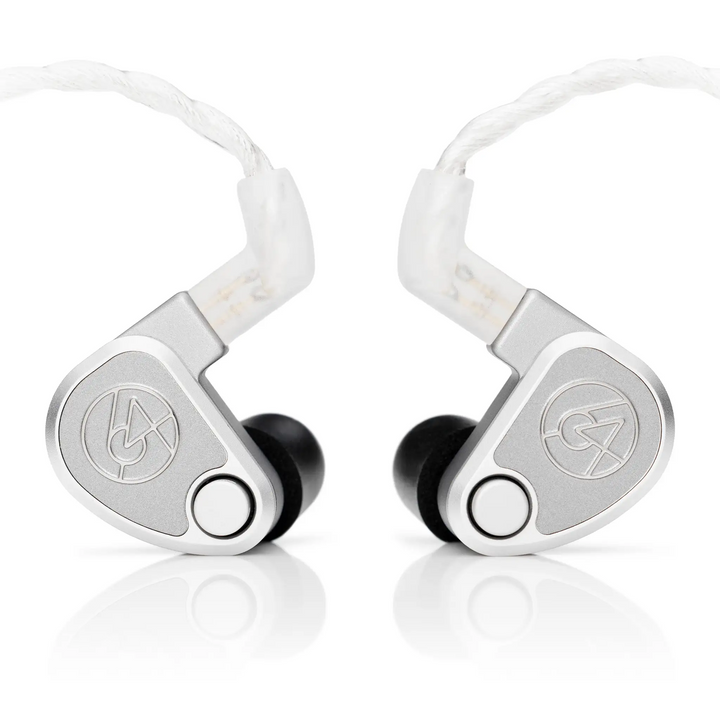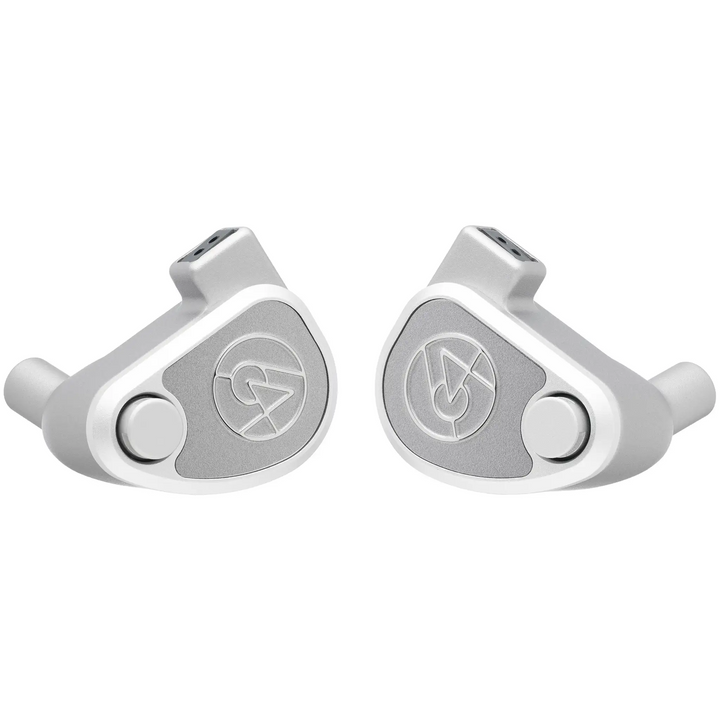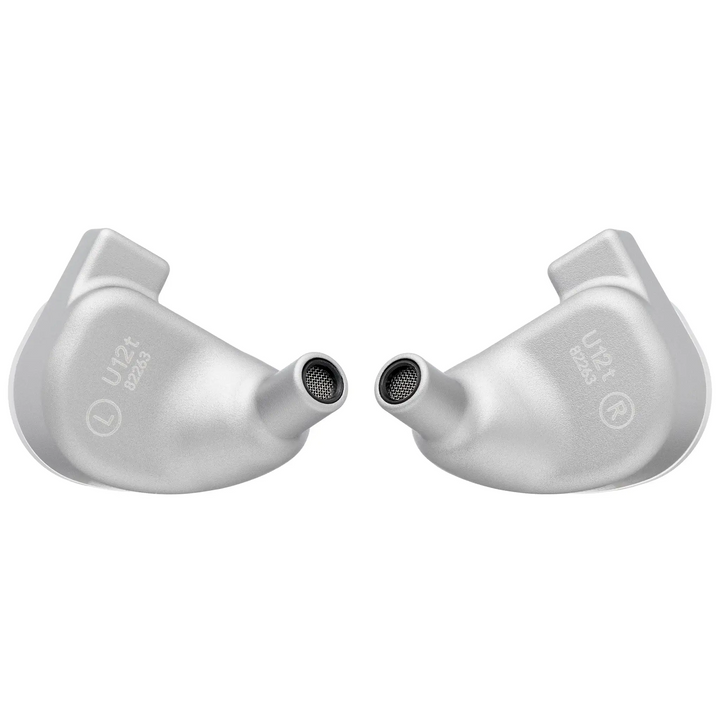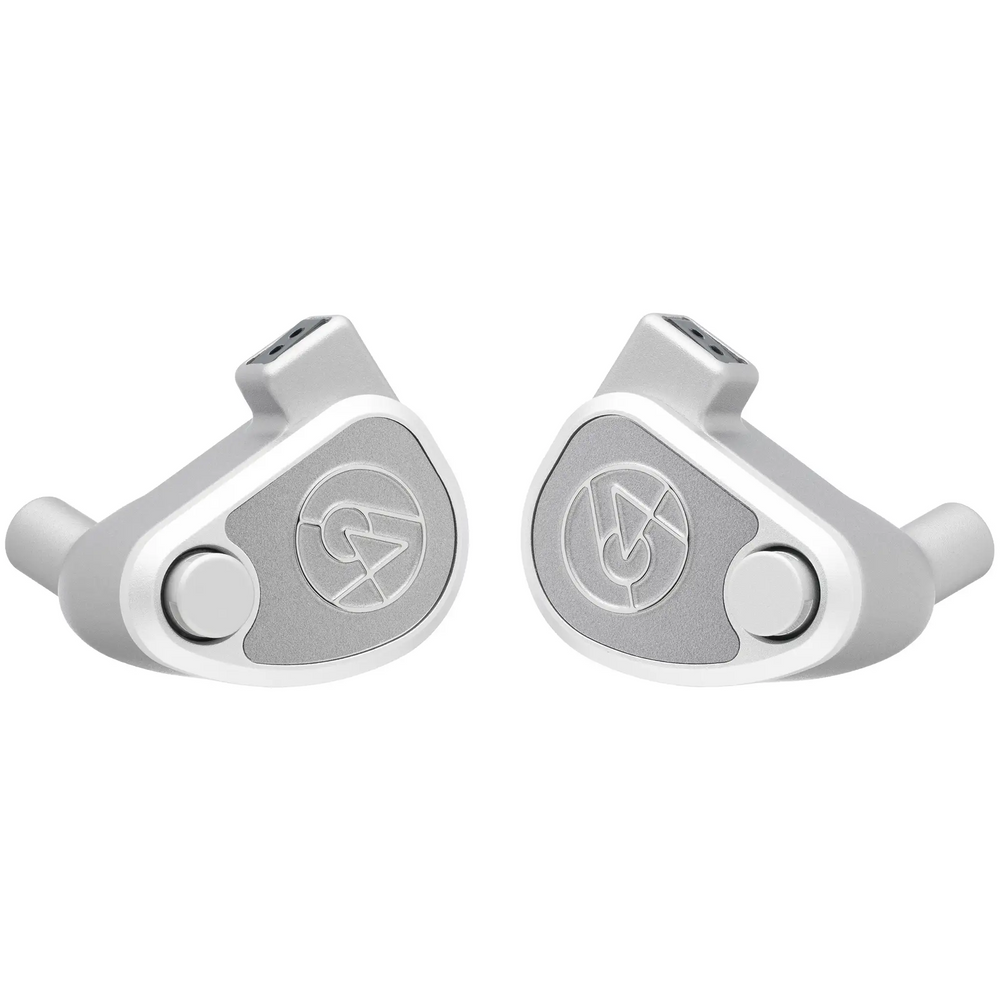64 Audio U12t (Latest Revision) | Balanced Armature Universal IEMs

Experience an Incredible Execution of Balanced Armature Tech in a Top Tier Universal IEM with 64 Audio's U12t
- Stacked 12-driver Balanced Armature arrangement
- Sweet, smooth highs, powerful, physical lows, great spatial imaging
- Features 64 Audio's exclusive Tia and APEX technology
- Includes Pearl premium 26 AWG Silver-plated Copper cables in 3.5mm and 4.4mm
|
Bloom's Take For us, being able to hear all kinds of new high end gear all the time from our great brand partners...it's easy to get jaded. "Oh this new headphone will change everything!" "This DAC is finally going to make you feel like digital music is perfect!" "This cable has gold-infused Adamantium...now you'll REALLY hear the music as the artist intended!" Hype and marketing hyperbole can really suck sometimes. But every once in a while, an audio product comes along that truly feels...perfect. Not that nothing can possibly can sound better than it, but perfect in that it delivers such a remarkably perfect tonality and timbre in its price range, that you just know it's a triumph. Ladies and gentlemen, the U12t is a masterpiece. If you're looking to invest two large on IEMs, the U12t absolutely must be on your short list. Our highest, highest recommendation. Not sure which 64 Audio IEM is the right one for you? Check out our 64 Audio 2024 Buyer's Guide! |

From 64 Audio
The U12t does it all, delivering immersive sound and impeccable spatial imaging. It's clean highs extend beautifully with a warm and engaging low-end response - just like its custom counterpart, the A12t. Offering reference-level detail, this IEM is among the best for multi-instrumentalists, engineers, sound monitors, and audiophiles.
Each ergonomic shell is machined out of a solid piece of Aluminum and finished with an elegant brushed Aluminum faceplate.

Tia
The tia system is comprised of 3 major elements: open Balanced Armature tia drivers, tia single-bore design, and tia acoustic chambers.
Tia Driver
Open Balanced Armature speaker design for realistic resolution and transparency. By opening a Balanced Armature, the diaphragm becomes fully unobstructed, reducing resonance in the IEM and allowing sound to travel more naturally to the ear.
Tia Single Bore
A huge advancement in eliminating unwanted tube resonance. The large bore itself serves as a sound-shaping chamber and aids the tia high driver in delivering a linear and coherent frequency response. The short sound path provides remarkable high-frequency extension and smoothness. The large single bore also allows for easier maintenance.

Apex
Apex (Air Pressure Exchange) is a pneumatically interactive sealed vent that releases air pressure in the ear canal. Apex comes in 4 variations:
- m20 (-20dB)
- m15 (-15dB)
- m12 (-12dB)
- mX (-10dB)
Alleviate Listener Fatigue
When you seal a miniature speaker in an ear canal, the air inside becomes trapped. Apex relieves this pressure, allowing the eardrum to move naturally so you can comfortably listen longer.
Extend The Soundstage
Freely moving air extends the soundstage and provides a more natural listening experience. It also preserves bass frequencies and helps the listener distinguish individual instruments.
Hear Your Audience
CIEMs provide amazing isolation and help you hear your mix more clearly and at lower volumes than a wedge monitor or earbuds. Apex lowers decibel levels while preserving the clarity of the sounds around you, so artists on stage can connect with their audience while protecting hearing.

LID
LID (Linear Impedance Design) enables a consistent, reliable sound regardless of the source. This proprietary circuit corrects the non-linear impedances of the drivers, restoring proper interaction with the source and preserving desired sound signature. Whether you're a musician plugging into a variety of gear at different gigs or studios, or an audiophile listening from low-impedance sources, LID ensures your IEMs are delivering the desired sound signature consistently. And like all 64A IEMs, U12t can be used with a wide range of personal audio devices as well as all hard-wired and wireless monitor systems.
Specifications
- Material: T6061 Aluminum shell + Electroformed Stainless Steel faceplate
- Drivers: (x12) precision Balanced Armatures
- Driver Config: (x1) Tia high | (x1) high-mid | (x6) mid | (x4) low
- Frequency Response: 10Hz - 20kHz
- Sensitivity: 108db dB/mW
- Impedance: 12.6Ω
- Crossover: Integrated 4-way passive crossover
- Cable: Pearl premium Silver-plated OCC Copper, 7x7x4 Multi-twist, 0.78mm 2-pin (0.23Ω | 26 AWG | SPC)
In the Box
- U12t UIEMs
- 64 Audio Premium case
- TrueFidelity foam ear tips (S,M,L)
- SpinFit silicone ear tips (S,M,L)
- Silicone ear tips (S,M,L)
- (x2) 4' Pearl Silver premium cables | 3.5mm + 4.4mm
- Apex modules: m20, m15, m12, mX
- Shirt clip, cleaning tool + cloth
- Round Sticker


